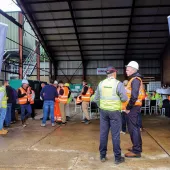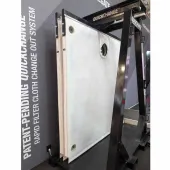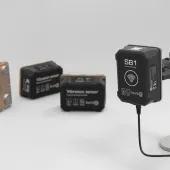How many decks does a vibratory screen need?
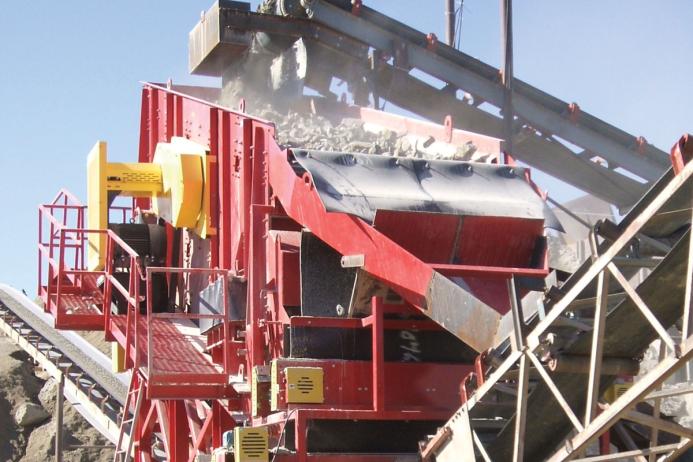
First published in the February 2023 issue of Quarry Management
Key questions to help operators size and select a vibrating screen for an aggregate operation
Vibratory screens can be configured with one, two, three or four decks. Some fine screening operations can even have as many as eight screening decks. Three decks are commonplace in the aggregates industry, but the number of decks depends on the number of products the site needs to make.
In a typical application where multiple products are being made, the top deck(s) of the screen makes the coarse cut, the middle deck(s) makes a middle cut, and the bottom deck(s) makes the fine cut. Each screen deck is covered with screen media containing the openings for the particles to pass through. These screen media come in many different forms, and the type of media plays an important role in screening efficiency.
What type of screen media is best for my vibratory screen?
Screen media is all about open area, or the number of openings in the screen. The more openings in the screen, the more opportunities the particles will have to pass through and the more efficient the screen will be. However, more openings in the screen can decrease the wear life of the media. The correct screen media for an application will balance both wear life and efficiency. Common types of screen media for aggregate applications include woven wire, polyurethane, rubber, and hybrid.
Woven wire cloth is the most consistent and versatile performing media product. It averages 50–70% open surface area in most configurations and provides the most flexibility for operations that need to make frequent media changeouts due to varying product specifications. Overall screening efficiency is good with this type of media.
Polyurethane is better suited for wet/wash screens and dry applications with highly abrasive materials. It provides 30–40% less open area than wire cloth; however, polyurethane offers extended wear life over wire media.
Rubber is used for heavier, coarser materials that can damage standard wire screens. It is most often used for dry applications or abrasive materials. Rubber media has less openings than wire cloth, and therefore less throughput; however, they last much longer than wire screens.
Hybrid media combines wire screen with reinforced rubber or urethane strips to fit screen supports. It is highly popular in dry screening applications with high moisture content materials and a high proportion of fines. This type of screen media works to eliminate blinding and pegging, which eliminates the need to stop production to clean the screen. Moreover, hybrid media provides more open area than polyurethane and last longer than woven wire. Depending on the application, production can increase by 40% using hybrid screen media.
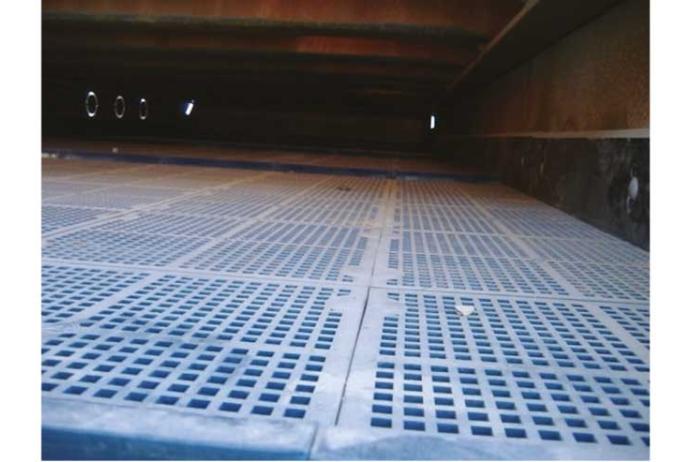
How do I select the right aggregate screen?
Because screening plays such an important role in producing the required specifications of a final product, it is imperative that the right screen is selected for the job.
Vibrating screen selection is based on the following factors: the maximum tonnes/h; a gradation of the feed material; the type and weight of material; the desired size of separation; any surface moisture on the material; and any special operational requirements, including physical characteristics of the feed or product requirements.
How do I size a vibratory screen for an aggregate operation?
Vibratory screens come in a variety of sizes. They can range from 4ft to 12ft wide and 6ft to 32ft long. The width of the screen determines the carrying capacity of the screen deck, while the length of the screen determines the overall efficiency of the screen. Typically, the length of the screen is 2.5–3 times the width.
Every manufacturer has their own screen sizing formula. Screens are tailored to an operation based on the following factors:
- Basic capacity – how much material is going to pass through a certain opening
- Incline – amount of incline, if any
- Deck – not all the length of the lower decks may be utilized, as material will have already travelled down some length of the upper decks before reaching the lower ones
- Oversize – how much material should go over the deck
- Half size – how much material is half the size of the media opening with a high percentage of half size, the probability of the material passing through the screen openings will be higher, and the screen will be that much more efficient
- Aperture – how large the openings in the screen are
- Condition – applies to both the feed material and the atmosphere around the plant. Is the material wet and sticky? Does it have a high percentage of clay? What is the temperature outside? Is it a wet or dry climate?
- Shape – round or cubical particles have a higher chance of passing through the screen openings than flat, elongated particles that have to find just the right position to fall through
- Weight – the density of the material
- Open area – the more open area on the screen, the better the chance particles will find an opportunity to pass through.
When sizing and selecting a vibrating screen for an aggregate operation, operators should be sure to provide the manufacturer with as much accurate detail about the feed material and the application as possible. The manufacturer can then recommend what type of screen (inclined or horizontal) is best for the site, as well as the number of decks required and the type of screen media that will provide the best wear life and efficiency.
For more information, visit: www.mclanahan.com
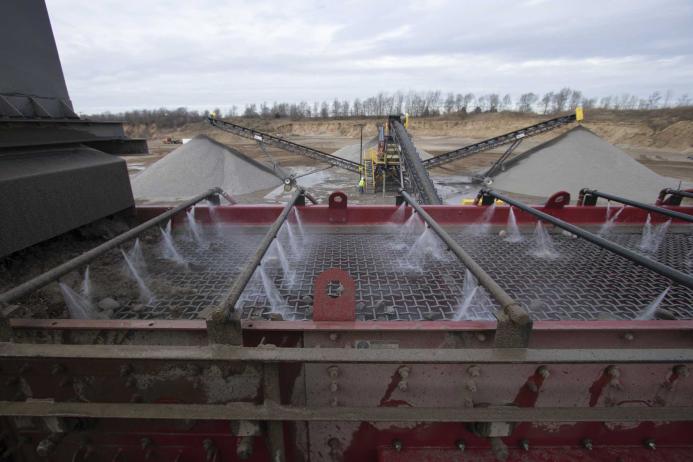
- Subscribe to Quarry Management, the monthly journal for the mineral products industry, to read articles before they appear on Agg-Net.com



